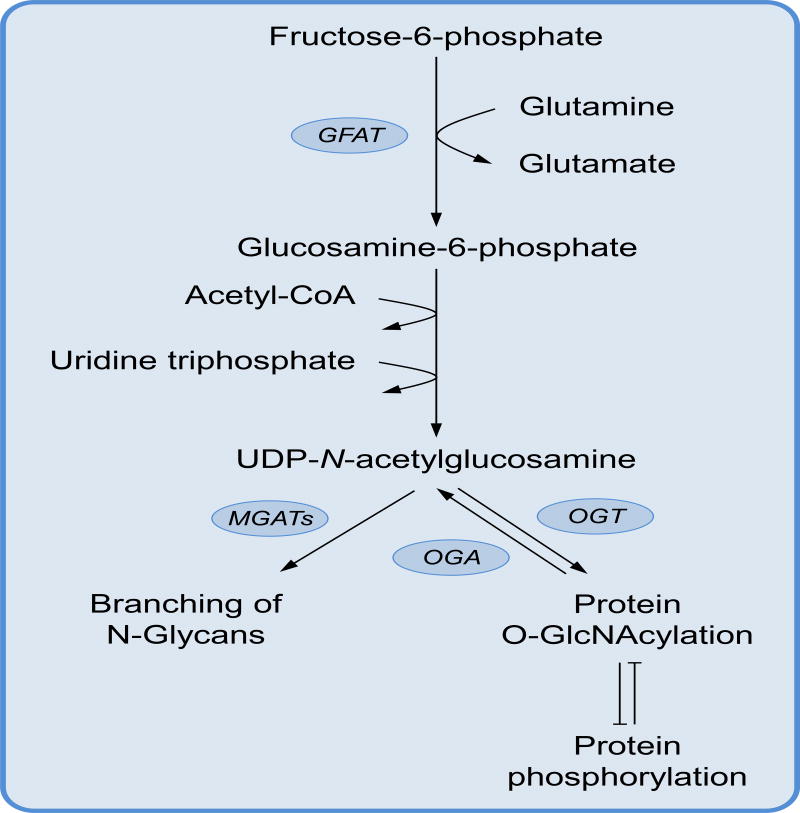Figure 4. The hexosamines biosynthesis pathway.
The hexosamine biosynthesis pathway is an off-shoot of glycolysis that starts with the conversion of fructose-6-phosphate and the amino group donor glutamine to glucosamine-6-phosphate. Glucosamine-6-phosphate is then linked to the nucleotide UTP and N-acetylated to form the bioactive molecule UDP-N-acetylglucosamine. The enzymes O-GlcNAc transferase (OGT) and O-GlcNAcase (OGA) catalyse addition or removal of the post-translational modification O-GlcNAcylation. O-GlcNAcylation and phosphorylation often compete for the same amino acid residues and their competition influence protein stability and function. On the other hand, the enzymes MGATs use UDP-N-acetylglucosamine to modify the branching of N-glycans, a post-translational modification of surface proteins that regulates cell membrane dynamics.

